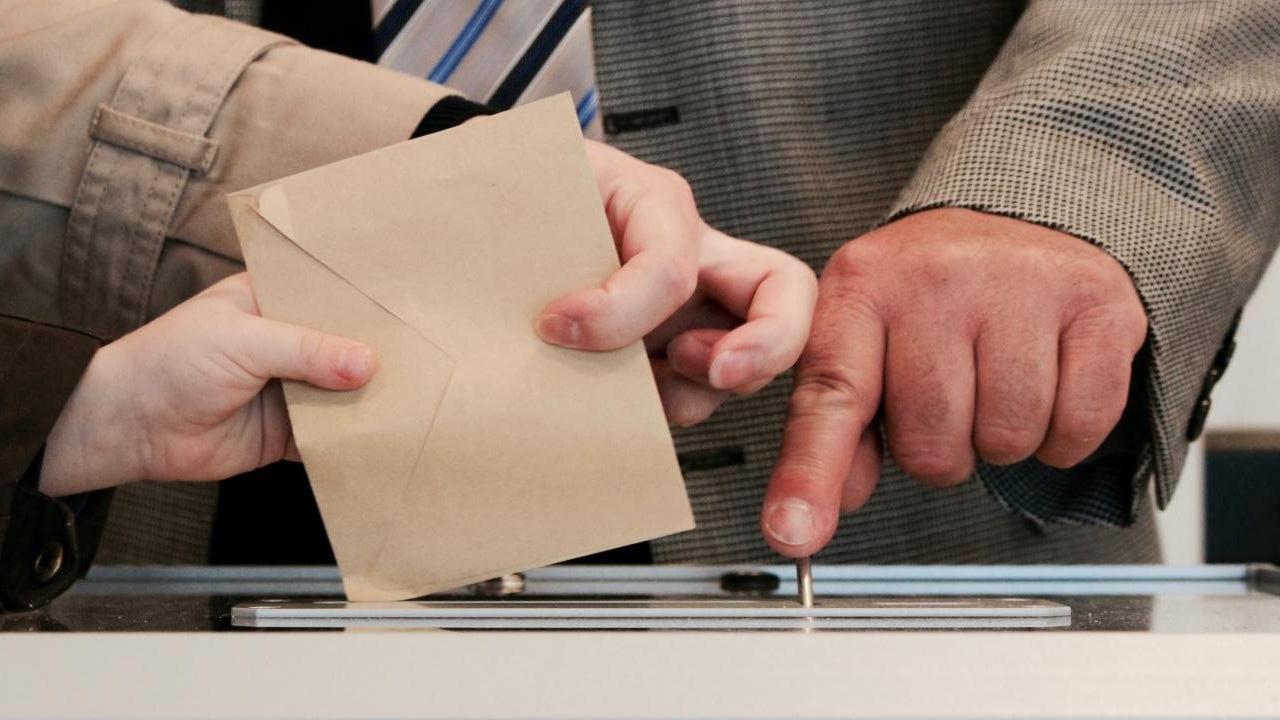How to cover allegations of electoral fraud

- Every time there are elections, a lot of disinformation circulates and, although each country has its own particularities, in recent years we have identified certain patterns that are repeated in the region’s elections.
- An example of this electoral disinformation are the posts that take small errors or irregularities and falsely claim that this proves a generalized voting fraud. In this article we show you examples and tell you what you can do if you come across a post about electoral fraud.
- This article is part of a special with recommendations for journalists on how to cover the elections made by Chequeado, IJNet, ICFJ and Factchequeado.
When large amounts of information circulate, disinformation tends to follow. This has been the case during the COVID-19 pandemic, when false information about how the virus spreads, measures adopted by countries, and possible cures has proliferated. Similar disinformation flows occurred at the start of Russia’s full-scale invasion of Ukraine in 2022, and they take root every time there is an election.
As election dates approach and citizens become more interested in them, disinformation proliferates. Although countries each have their own dynamics, there are certain patterns that LatamChequea, the regional network of fact-checkers, has identified. Among them, allegations of fraud are especially common.
Mistakes may occur during electoral processes involving millions of people. It’s possible that an official at a polling station errs when counting the votes, or even that someone actually tries to cheat. Aware of these possibilities, electoral systems have mechanisms to identify and address irregularities.
A mistake during an election is not always proof of fraud: minor irregularities that may arise typically do not favor any party in the long run. Systematic fraud, in contrast, actively seeks to change results in favor of a preferred side.
Those who seek to disinform exploit minor incidents to allege evidence of massive fraud.
There are many examples in recent years of this type of disinformation. During the 2022 elections in the U.S., several voting machines in Arizona began to malfunction. Messages claiming this was proof of fraud in turn began to circulate. As Factchequeado explained at the time, however, the company responsible for the vote counting acknowledged the failures and said that all votes would be counted manually.
Disinformation about voting machines has spread beyond the U.S., too. In Brazil’s 2022 presidential elections, disinformation alleging fraud proliferated following a claim made by a voter that when they pressed “confirm” on the voting machine their vote disappeared, or that the machine directly registered the vote it wanted and not the one marked by the person.
Disinformation about alleged electoral fraud also circulated in Peru, during the country’s 2021 presidential elections. One person tweeted a claim that the electoral authority deemed that one of the records she had overseen at the voting poll was illegible when in fact the corresponding image showed that this wasn’t the case. The record, however, was not labeled as illegible by the authorities.
Something similar happened in Argentina during the 2019 elections, when several images of telegrams – which are used for provisional results on election night and have no legal validity — with errors or inconsistencies, such as crossed-out numbers or incorrect sums, were spread as evidence of alleged fraud. These mistakes are common, however, and represent just a tiny percentage of the votes.
It is crucial when covering allegations of fraud around an election to be cautious and provide necessary context. Minor irregularities may occur: they don’t imply systematic fraud, and systems are in place to address them. and they are distinct from systematic fraud.
If someone presents an irregularity as proof of fraud, and journalists cover it as fact, without verifying first whether it is an isolated incident or part of a larger organized effort, it can help delegitimize the electoral process.
It is important to analyze in detail each accusation made before reporting on them, to prevent disinformation from taking root. If the incident is an isolated irregularity, explain that this is the case, and that the electoral authority has clear mechanisms to solve the errors. Debunk attempts by malicious actors that the irregularity constitutes evidence of fraud.
This work can start even before the elections. Explaining how your country’s electoral system works, as well as its complexities, what irregularities may occur, and how authorities can deal with them. Laying this foundation – called “prebunking” – can help prevent audiences from falling victim to harmful disinformation narratives.
For more information on electoral disinformation, visit PortalCheck.
This resource is part of a toolkit on elections reporting and how to spot mis- and disinformation, produced by IJNet in partnership with Chequeado and Factchequeado, and supported by WhatsApp.
Fecha de publicación original: 31/07/2023
Comentarios
Valoramos mucho la opinión de nuestra comunidad de lectores y siempre estamos a favor del debate y del intercambio. Por eso es importante para nosotros generar un espacio de respeto y cuidado, por lo que por favor tené en cuenta que no publicaremos comentarios con insultos, agresiones o mensajes de odio, desinformaciones que pudieran resultar peligrosas para otros, información personal, o promoción o venta de productos.
Muchas gracias